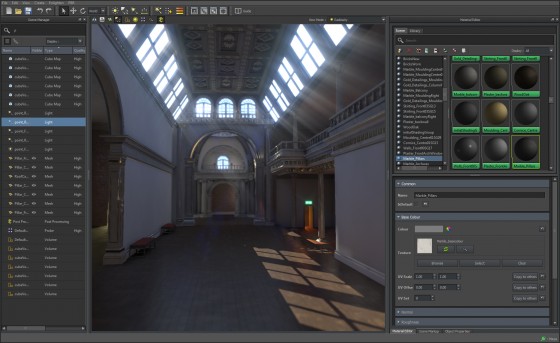Dynamic scene updating in real time increases suspension of disbelief.
Dynamic lighting expert Geomerics has moved the state of the art in game lighting another step forward with the introduction of screen-space independent dynamic reflections. The new technology is shipping in the current edition of Enlighten, its software for game lighting.

In the past, reflections were normally shown only when they existed in a player’s field of view, or “screen space.” This new addition by Geomerics means artists can design reflections into games that are not dependent on field of view. This brings game lighting into a more accurate representation of real lighting. The reflections are dynamic and can update in real time.
Geomerics says this new approach of dynamic reflection “is far less costly in a technical sense than other options on the market.” Geomerics says the functionality can scale from mobile games to games running on high-end PCs.
The solution required developing a GPU implementation of the existing CPU-based cluster-based cube maps. To demonstrate the new technology, the Enlighten team created a demo showing dynamic reflections in use. “Knowing we wanted to demonstrate the consistency of our reflections over a range of different materials and lighting conditions, physically based rendering served as an excellent fit for this project,” says Sam Budgen, technical artist at Geomerics. The image below shows four stages of asset creation for dynamic reflection, moving from image reference, poly-modelling and texturing, through to final in-game placement.

The assets were placed in a setting filled with odd-shaped rooms, connecting hallways, and rooms of varying sizes in all dimensions. The results are shown in the demo video, linked below.





